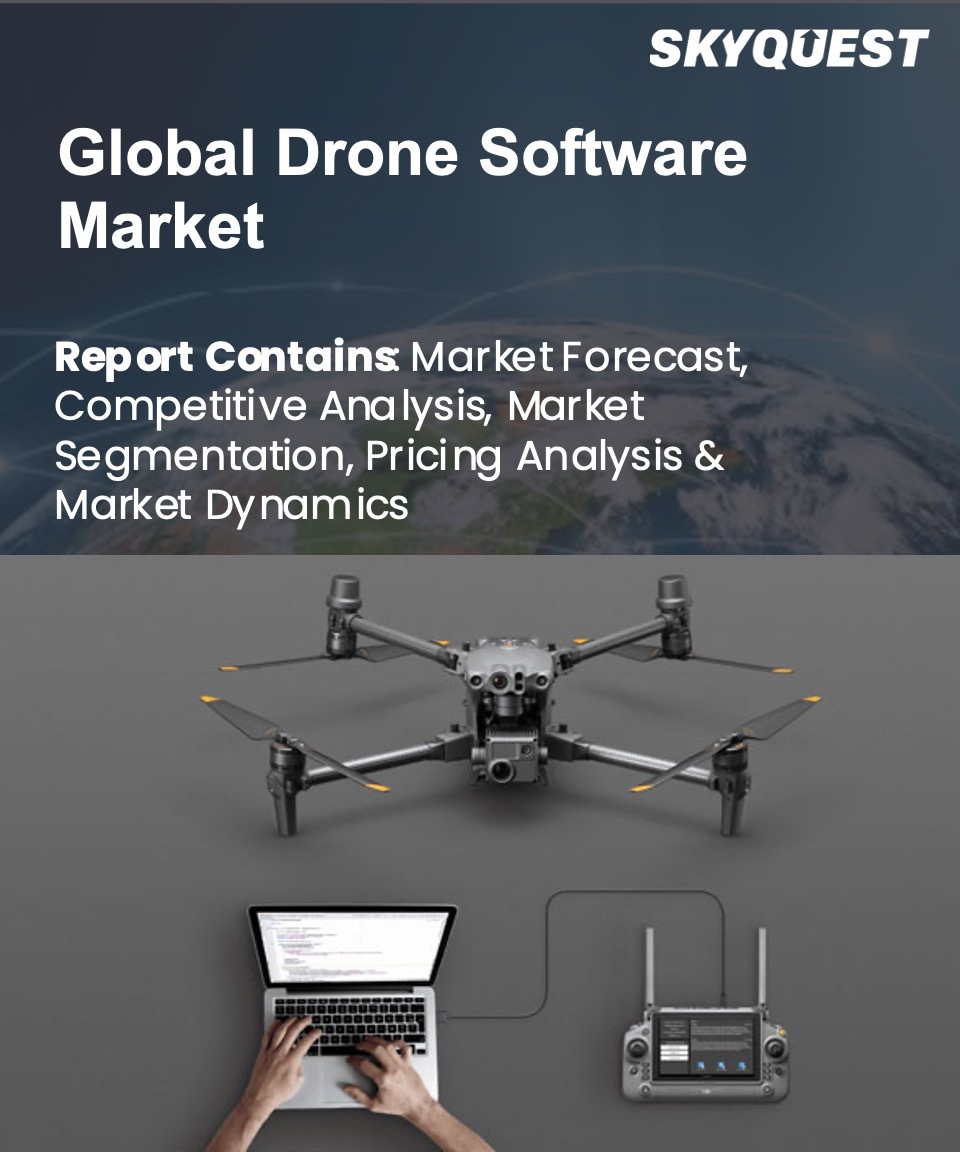
Product ID: SQSG45E2010

Report ID:
SQSG45E2010 |
Region:
Global |
Published Date: April, 2024
Pages:
165
|
Tables:
115 |
Figures:
77
Drone Software Market Driver
Drone Software Market Restraint
Flight operations with unmanned aerial systems (UAS) involve high-risk air travel, particularly when flying beyond the line of sight. Their long-distance activities raise the risk of mishaps, property damage, and financial losses for businesses. Due to a lack of air traffic management, as well as safety and security concerns, numerous countries have severe limitations on the deployment of UAVs close to airports, international borders, government buildings, no-fly zones, and temporary flying restrictions areas. For instance, one of the biggest issues facing the nation's aviation industry, according to the Air Traffic Control Association (ATCA) of the US, is the deployment of drones in civil airspace. Except for some companies that have secured permits, drones are currently not permitted to operate in civil airspace to conduct tests and carry out demonstration flights.
A growing global security concern is the unauthorised use of drones. Cybercriminals and other activists are embracing drone technology and developing more sophisticated ways to commit crimes and impose psychological tyranny. Drones are being more frequently used for hostile reconnaissance. Additionally, these drones might be modified to carry IEDs. In particular, devices that are susceptible to wireless protocols like Bluetooth may be affected by the use of drones equipped with special hardware and software to implant harmful malware on systems or disrupt system operations.
Cybercriminals may park drones on top of a building or another concealed location to carry out digital disturbances. These locations may be enclosed regions that are typically out of reach of foot and vehicle traffic, as is the case with many defence area establishments. Traditional safety measures, such as biometric security frameworks and all forms of insurance, are ineffective against drone-based network attacks.
Our industry expert will work with you to provide you with customized data in a short amount of time.
REQUEST FREE CUSTOMIZATIONWant to customize this report? This report can be personalized according to your needs. Our analysts and industry experts will work directly with you to understand your requirements and provide you with customized data in a short amount of time. We offer $1000 worth of FREE customization at the time of purchase.

Product ID: SQSG45E2010